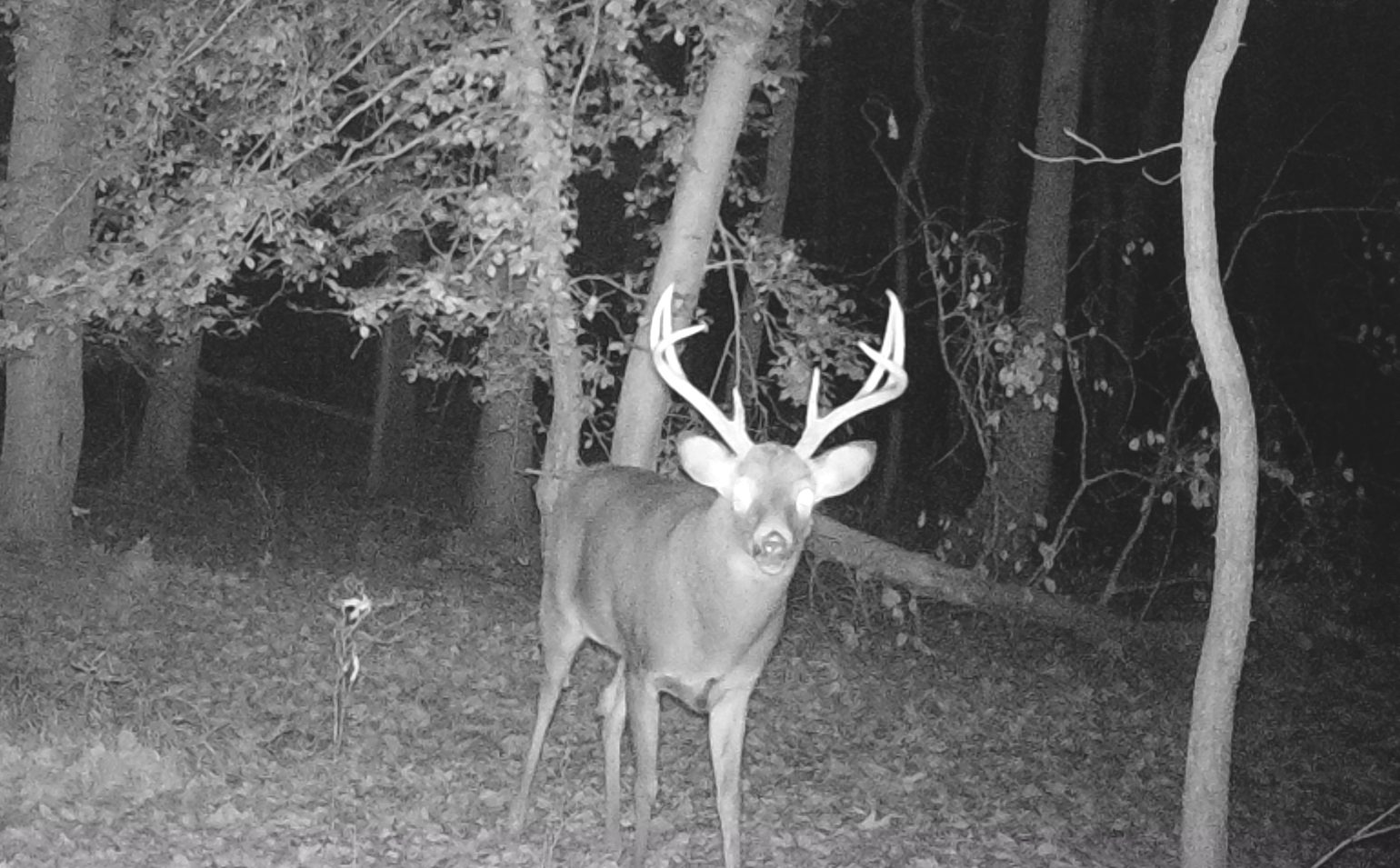Despite the many wonders of the white-tailed deer, antlers ALWAYS cast the longest shadow. We have talked about the formula for big antlers multiple times in this blog over the years. It is (in this order):
- Age, then
- Environmental conditions (e.g., food quantity and quality), and then
- Genetics.
Despite the fact that letting a deer grow older, having better nutrition, and reducing stress produces larger antlers on all males, genetics still gets much of the attention.
Fortunately, our ability to monitor genetics in a population has become easier and less expensive in the past decade. Two presentations at recent scientific meetings provide some insights into the importance of genetics in white-tailed deer and human’s ability to manipulate genetics to produce more males with larger antlers. Both studies were conducted by the Caesar Kleberg Wildlife Research Institute at Texas A&M University – Kingsville.
The first study tested the “inferior” genes dogma by culling 1.5-year-old males with small antlers at 3 different rates: no culling (a control), moderate, and intensive. They captured 2,937 individual males and culled 1,333 of them. Over the 7 years of the study, they culled 85% – 100% of yearling males at the ‘intensive’ culling rate.

Culling had no effect on antler expression. Which is probably only a surprise to those who still subscribe to the “once a spike, always a spike” wives’ tale. Environmental variability is so large that you cannot use antler size as a decision rule for culling deer to get larger-antlered animals. That means management actions, such as antler point restrictions (APRs), will have little effect on the genetics of white-tailed deer antlers.
The second study was even more interesting. Deer in two 1,000-acre fenced areas, and a 6-acre pen were observed for 14 years. In the pen, movement was limited, no predators occurred, and sires were selected for large antler size. Food and water were unlimited in both the fenced areas and the pen. Antler size was measured when deer were at peak maturity (7.5 years old).
Did human selection and control of breeding males change antler size? How much influence did unlimited food and no predators have on female body condition and that of her offspring? Hard to tell, but offspring born in the pens had smaller body mass and larger antlers compared to offspring born in the fenced areas. This makes sense because larger body size results in better survival, but if survival is not a problem (e.g., no predators and lots of food) males can invest more energy in larger antlers.
How much larger were those antlers of males born in pens with no predators and sires with large antlers? Six percent larger antler scores. Body mass was 9% smaller.
The research on antlers is getting better. We can track genetics better (who sires who, and how many). We can control for environmental conditions better (e.g., no predators and provide unlimited food).
But we still have a major weakness in our quest for deer with larger antlers. Half of the genetics of every male fawn come from its mother, which has been generally ignored in research studies. But how do you select for mothers that will produce healthier, stronger male offspring?
We know that maternal nutrition plays a critical role in offspring antler expression. Furthermore, we know that health of the mother can influence genetics. In fact, experiments on red deer in Germany 100 years ago demonstrated you could increase antler size with no selective breeding!
In wild, free-ranging deer populations, the only reliable and proven recipe for bigger antlers is age and environmental conditions. Any discussion of genetics is just smoke and mirrors.
-Duane Diefenbach
